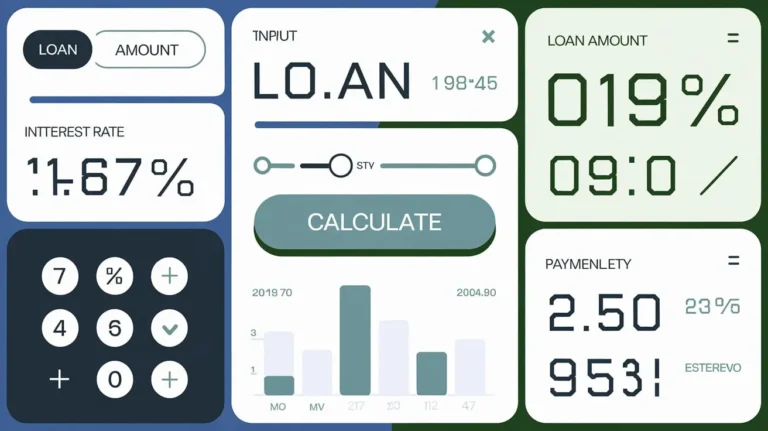Art of Dream Interpretation: Unlocking the Hidden Messages in Your Sleep
Dream interpretation is an incredible journey into the subconscious mind that fascinates us all.
Understanding the significance of dreams can offer profound insights into our emotions, thoughts, and lives. This comprehensive guide will delve into the art of dream interpretation, exploring various theories, techniques, and cultural perspectives. We will unlock the hidden messages in our dreams and offer practical advice on how to better understand and analyze your sleep experiences. Whether you’re seeking answers to a specific dream or just curious about the nature of dreams, this guide will captivate and inform you.
The Basics of Dream Interpretation
Dream interpretation has existed for centuries, with roots in various cultures worldwide.
Throughout history, dreams have been regarded as powerful messages from the divine or the subconscious. Ancient Egyptians, Greeks, and even the Native Americans have made sense of their dreams to access deeper truths. Understanding the basics of dream interpretation is the first step towards grasping the wisdom hidden in your dreams.
Different psychological theories explain why we dream and what those dreams mean.
Sigmund Freud, the father of psychoanalysis, believed that dreams reveal our unconscious desires, emotions, and fears. He viewed dreams as a window into the mind, showcasing hidden thoughts we are not aware of during our waking hours. On the other hand, Carl Jung focused on the collective unconscious and archetypes, arguing that dreams can provide meaningful insights into our personal journeys through the symbols we encounter.
Types of Dreams: What Do They Mean?
Dreams can be categorized into several types, each carrying its significance.
Now, we will explore some of the most common types of dreams, along with their meanings:
- Lucid Dreams: In lucid dreams, the dreamer becomes aware that they are dreaming and can control events within the dream. This practice may offer solutions to problems or a way to explore desires.
- Nightmares: Nightmares are often fueled by stress or anxiety, bringing fear and discomfort. They may require therapeutic analysis to address underlying concerns.
- Recurring Dreams: Recurring dreams indicate unresolved issues that need addressing. These dreams can serve as reminders to confront emotions or situations.
- Prophetic Dreams: Some individuals believe that specific dreams can predict future events. While this remains controversial, many claim to have experienced prophetic dreams.
The Role of Symbols in Dreams
Symbols are essential components of dream interpretation, as they often convey profound meanings.
Each dreamer possesses their unique set of symbols based on personal experiences, cultural background, and emotions. Here are some common symbols and their potential meanings:
- Water: Often associated with emotions and the unconscious, water can symbolize flow, change, or purification.
- Flying: Dreaming of flying signifies freedom and empowerment, suggesting that you may be breaking free from limitations.
- Falling: Falling dreams commonly represent feelings of insecurity or anxiety about losing control in waking life.
- Animals: Animals can represent instincts, desires, or emotional states. Understanding the qualities associated with the specific animal can provide insight into the dream’s message.
Keeping a Dream Journal
A dream journal is a powerful tool to enhance your dream interpretation skills.
By recording your dreams upon waking, you’ll better grasp patterns, symbols, and emotions connected to your dream experiences. Here’s how to keep an effective dream journal:
- Keep it handy: Place your journal and a pen by your bedside to ensure you can write down your dreams as soon as you wake up.
- Write in detail: Include as much detail as possible, such as emotions, colors, characters, and events.
- Identify patterns: After a few weeks, review your entries to recognize recurring symbols, emotions, or themes.
Practical Techniques for Interpretation
Now that you have a basic understanding of dreams and symbols, let’s explore practical techniques for interpreting your dreams.
Here are a few methods to help you unlock the meanings behind your dreams:
- Free Association: Write down the first thing that comes to mind when you think about a specific symbol or event in your dream. This practice can help reveal hidden meanings.
- Association with Emotions: Pay close attention to the feelings you experienced during the dream. Emotions often provide insight into the meaning of the dream.
- Consult Resources: Use dream dictionaries or online resources to explore potential meanings of symbols or themes. However, remember that personal experiences also shape interpretations.
Cultural Perspectives on Dream Interpretation
Different cultures have unique beliefs and practices regarding dreams and their interpretations.
For example:
- In many Indigenous cultures, dreams are considered sacred and are believed to serve as messages from ancestors or spirits.
- In some Eastern cultures, dreams are seen as a connection to the spiritual realm and are integrated into practices such as Feng Shui and I Ching.
- The ancient Greeks believed that dreams could convey omens, and priests would interpret them in sacred spaces.
Case Studies: Analyzing Real Dreams
To illustrate the concepts discussed, here are two brief case studies of individuals exploring their dreams.
1. A woman frequently dreamt about her childhood home, which had been sold years ago. Upon journaling her dreams, she discovered feelings of nostalgia and loss attached to her childhood. After working through these emotions, she felt more at peace.
2. A man had recurrent nightmares about being chased. Through free association, he realized that the figure chasing him represented his unresolved fears about his job. Once he addressed these fears in his waking life, the nightmares ceased.
Common Questions About Dream Interpretation
Can dreams provide insight into my waking life?
Yes!
Dreams often reflect unresolved emotions, desires, and experiences from your waking life. Analyzing these dreams can help clarify your thoughts and feelings.
How do I differentiate between literal and symbolic dreams?
Typically, literal dreams involve real experiences or fears, while symbolic dreams convey deeper meanings associated with emotions and desires.
Pay attention to your feelings and the symbols involved to distinguish between them.
Are there any universal symbols in dreams?
While many symbols are personal and unique to the dreamer, some symbols tend to resonate across cultures, such as falling or flying.
Understanding these universal symbols can enhance your dream interpretation efforts.
How can I remember my dreams better?
To improve dream recall, try setting an intention to remember your dreams before sleeping.
Keeping a dream journal can also aid in retaining and recalling dream details upon waking.
What should I do if my dreams are disturbing?
If you find your dreams distressing or recurring, consider speaking with a licensed therapist.
They can help you process underlying emotions and suggest coping strategies.
Conclusion
Dream interpretation offers remarkable insights into our subconscious, emotions, and desires.
Through understanding the basics of dream interpretation, the role of symbols, and practical techniques, anyone can unlock the wisdom behind their dreams.
By developing a deeper awareness of your dreams, you empower yourself to address underlying emotions and work through unresolved issues.
Whether you wish to embrace the positive messages in your dreams or confront your fears, the exploration of dreams can be a transformative experience.
Feel free to share your dream experiences or questions in the comments below!





